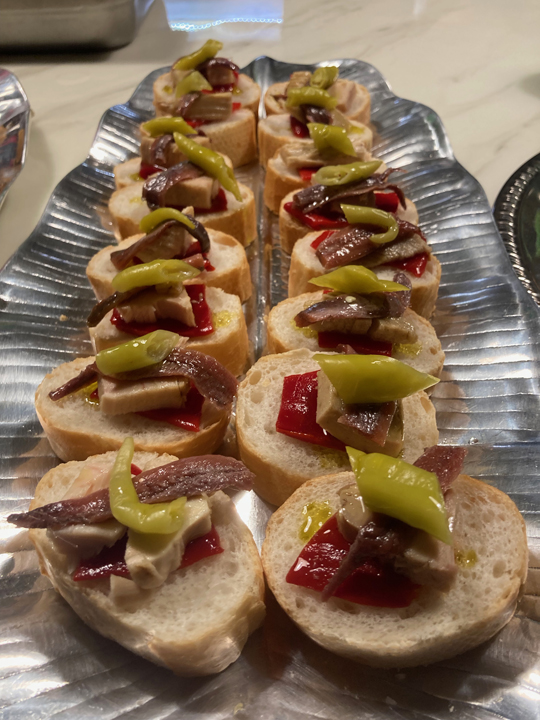
Just like your favorite rock band faked you out with that last retirement, I’m back! Life is just too delicious! I actually did a top 10 last year over on Instagram and had originally intended to post this over there, but for a whole host of reasons, I’m burning out on that app. Also, I just paid the $200 renewal fee on this domain name, so let’s blog, baby!
Hermosa
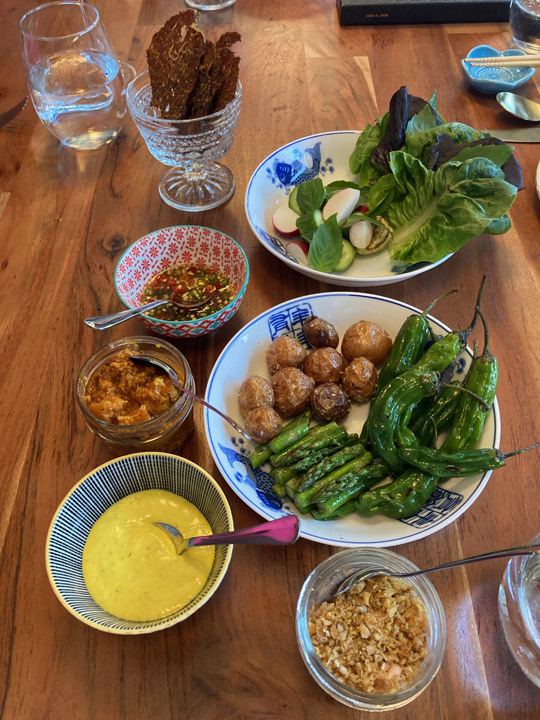
Ethan Lim’s Hermosa is so damn tasty that it was on my list last year too. I was blessed to enjoy a prix fixe tasting lunch there with the always delightful Sher family. Ethan shares the bright flavors of his family’s homeland, Cambodia, reimagined with fine dining flourishes, while rooted in the vernaculars of home cooking and his humble hotdog stand origins. As fantastic as his food is, Ethan’s sense of hospitality is remarkable – he welcomes diners with warmth, intimacy, and care.
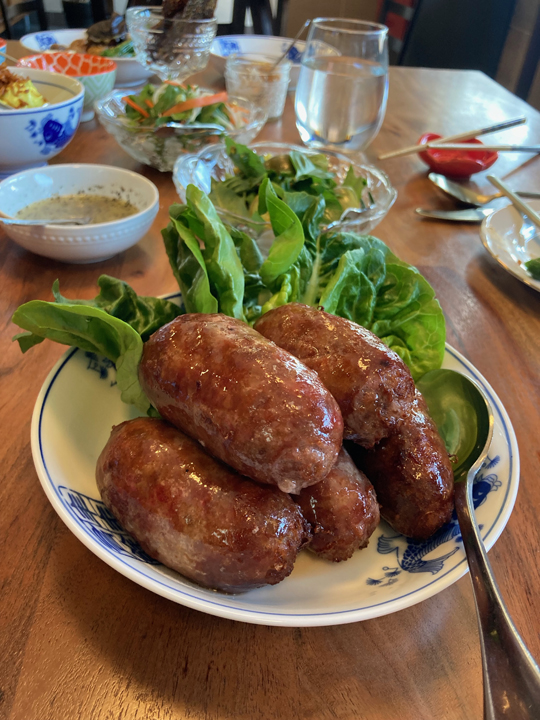
I was heartbroken to hear of the loss of Ethan’s mother later in the year, how truly grateful I am that we were able to taste her homemade sausage. I highly recommend watching “Cambodian Futures”, an award winning documentary about Ethan’s journey, which centers his relationship with Momma Lim and their family’s story of resettling in the US. When Kissinger died, I reflected on the grim atrocities enabled by American imperialism in Cambodia. We don’t deserve the Lims, who have so generously shared their culture, perseverance, and utmost hospitality.
A2B Indian Veg Restaurant
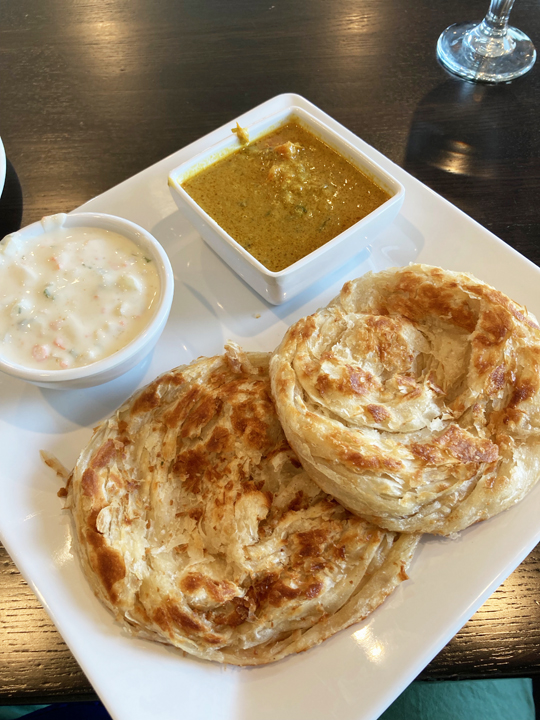
In a former chain margarita-and-chips joint off our highway exit, I noticed a new sign with the vaguest name ever, A2B. I Googled – turns out it’s a new outpost of a popular vegetarian restaurant from Chennai, India. With their sprawling menu, this place has treated me to a for real education in Southern Indian cuisine. The first dish I tried there (which is actually Sri Lankan, a cuisine you don’t find often around here) was love at first bite: parotta kurma. These rolled, laminated flatbreads shatter like the best croissant. And that kurma curry – so rich with coconut and deeply spiced.
Phở Stuff
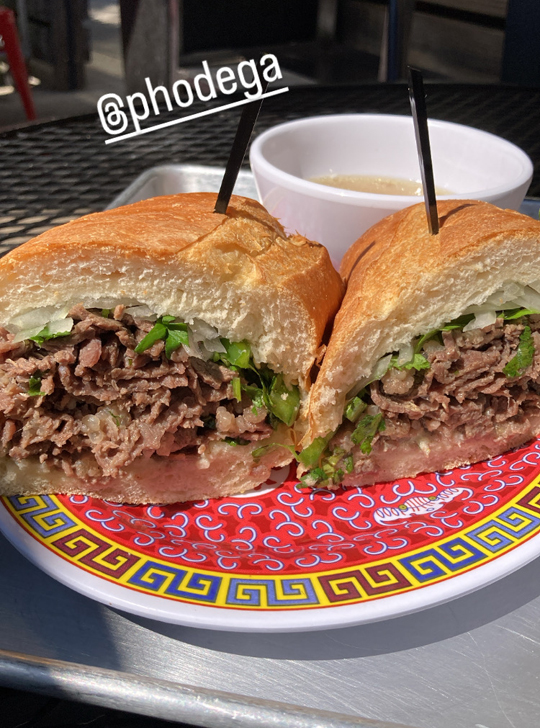
Big year for phở and phở flavored things! At the tip top spot is the Viet dip at Wicker Park’s Phodega, the most successful reinvention of the Italian beef I’ve ever had.
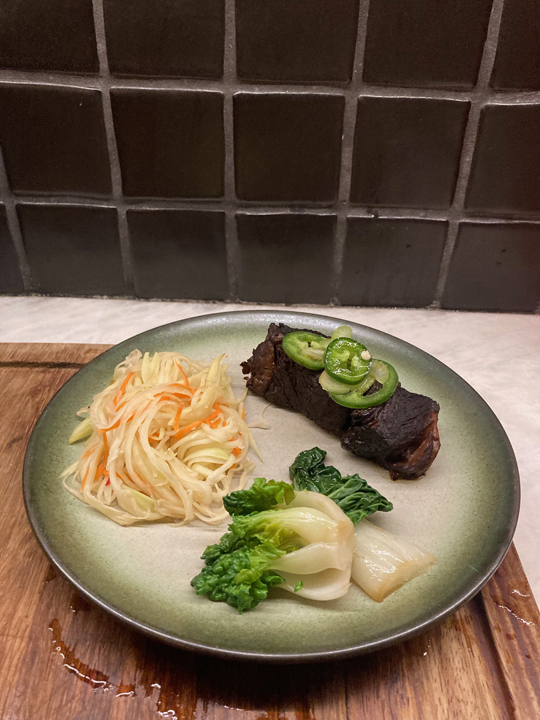
The Viet dip + the short rib phở at Pholicious, out here in da burbs, inspired me to make phở-spiced, braised short ribs with fresh “hot mix” giardiniera, on a menu that my client Dirk claimed might have been my best.
Gorditas Liselena
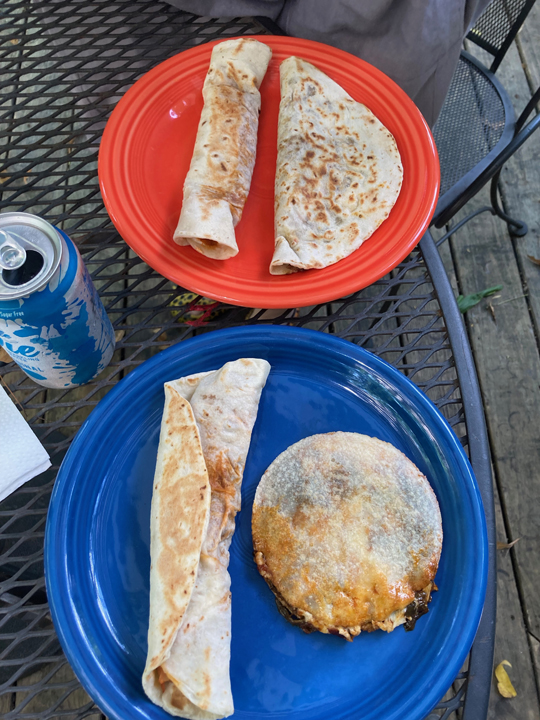
My homies at Birria Loca, here in Winfield, hipped me onto a new-ish Norteño gordita spot, Gorditas Liselena, a stones throw away in West Chicago. While the gorditas are great, the skinny burritos rolled in homemade tortillas are my biggest crush… until they teamed up with Birria Loca, dropping a birria-stuffed quesagordita collab.
Little Palestine
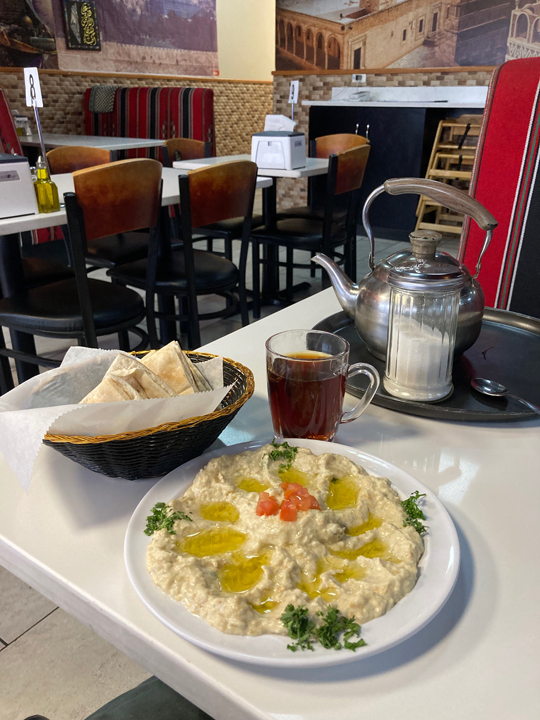
The people of Palestine have weighed heavy on my heart for the past 83 days. I feel helpless in the face of such catastrophe. As I do, I connect with people through food and I felt compelled one morning to head down to where I’m from in the southwest suburbs, home to Little Palestine, an enclave anchored around Harlem Avenue. Fully aware that I had the luxury of eating the food of a people without access to nary a scrap of bread, I appreciated each bite of taboon, mutabal, and kofta with intention and gratitude. Most importantly, I was able to make eye contact and polite conversation with Palestinian people and find a flicker of human-to-human empathy in a menacing world.





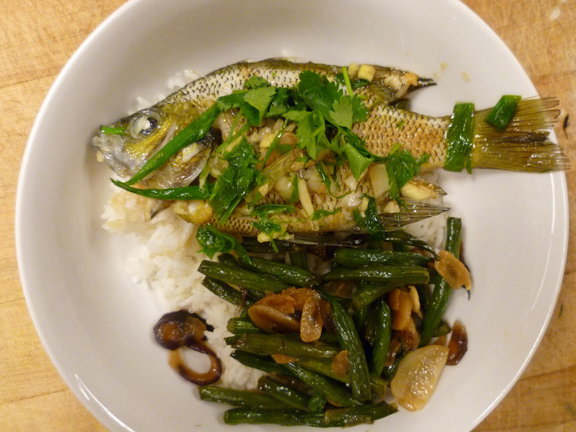
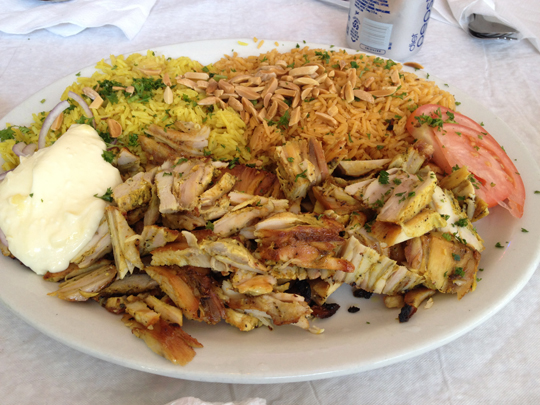





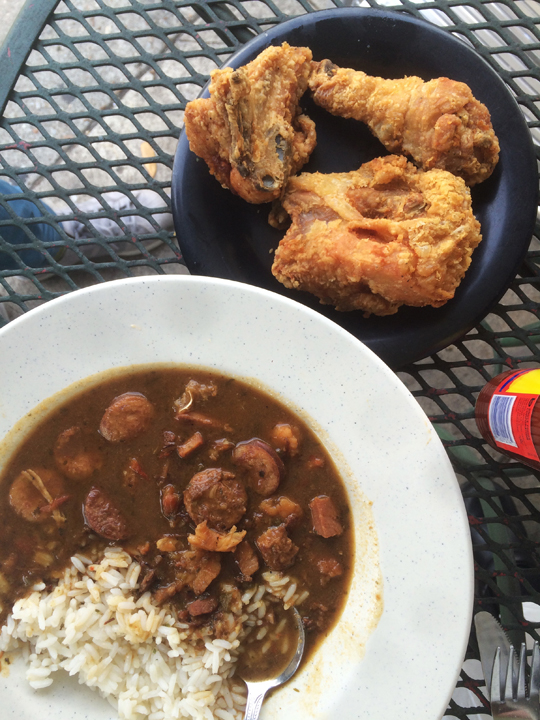



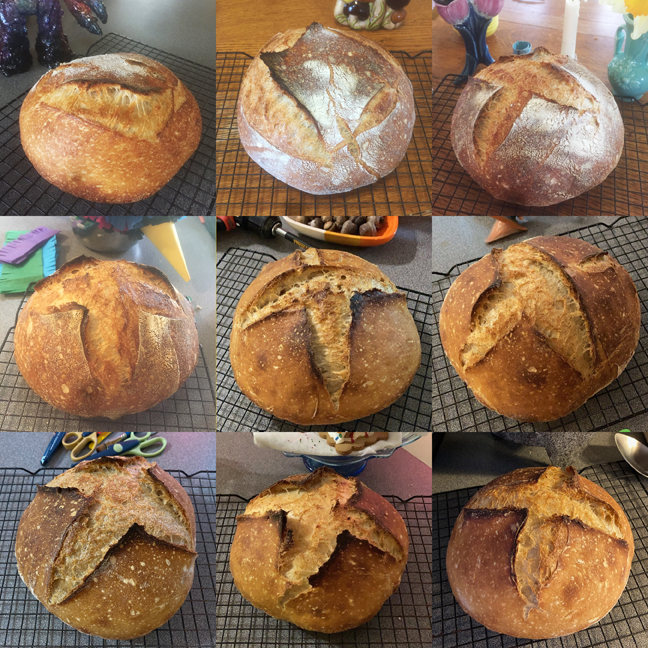

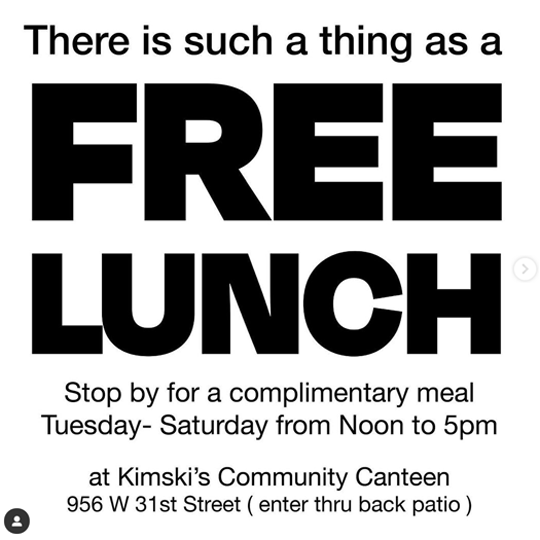


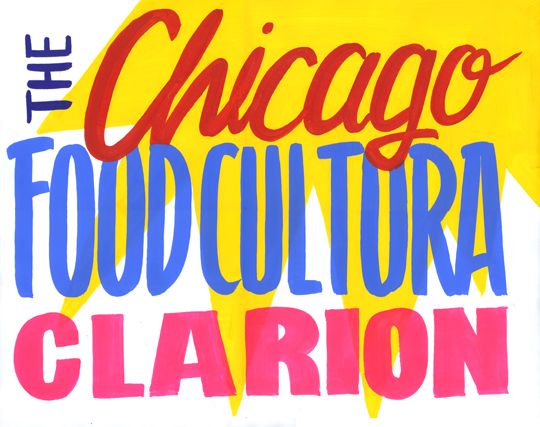
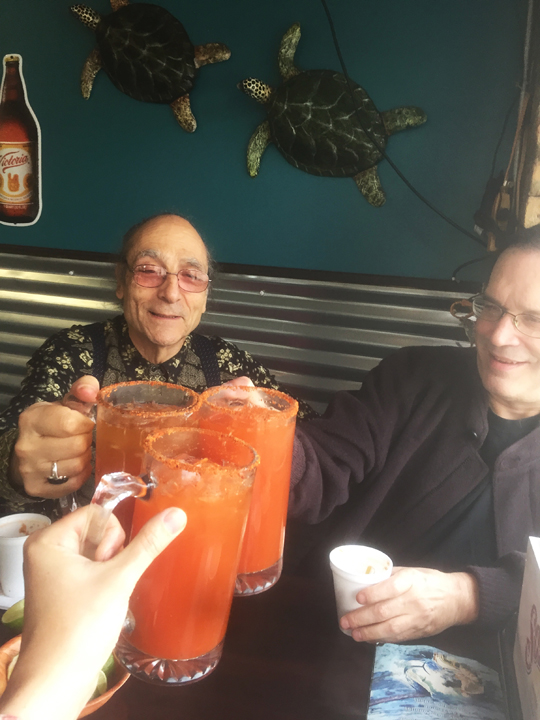


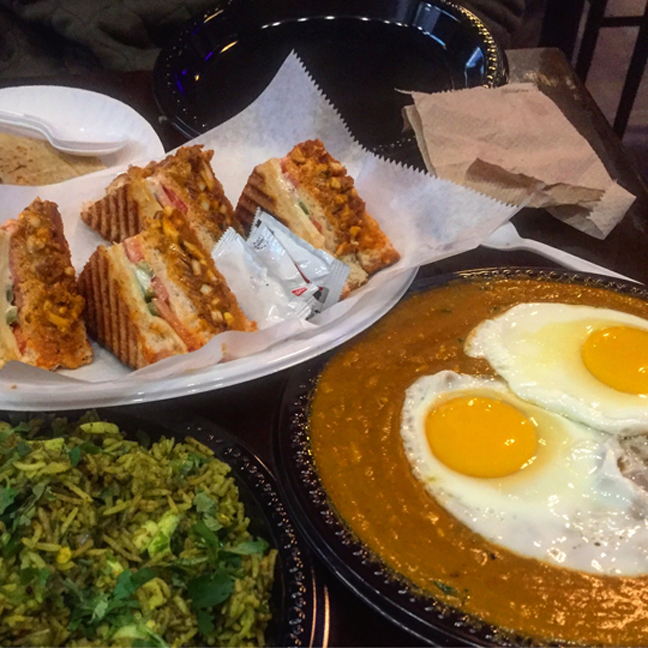
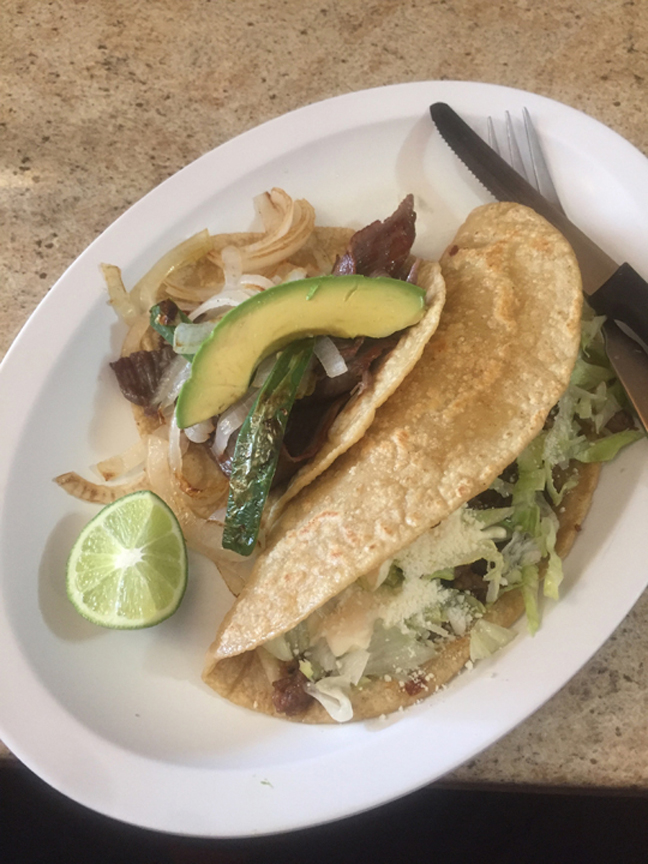
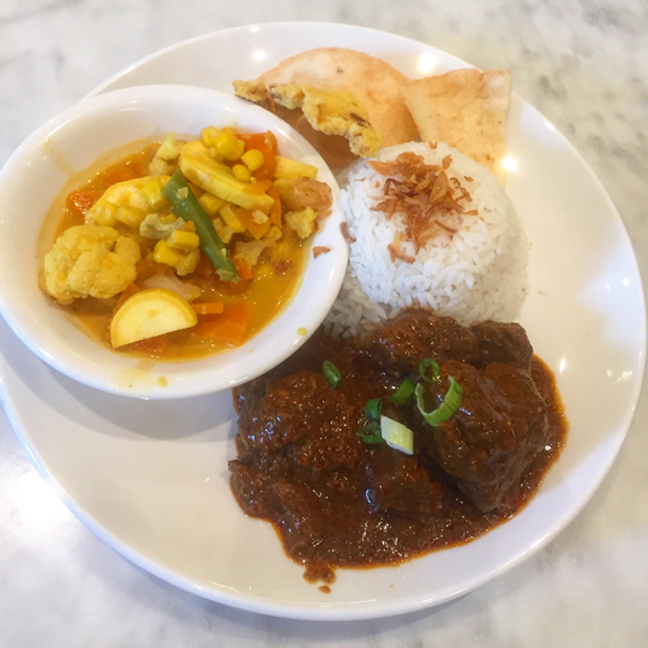
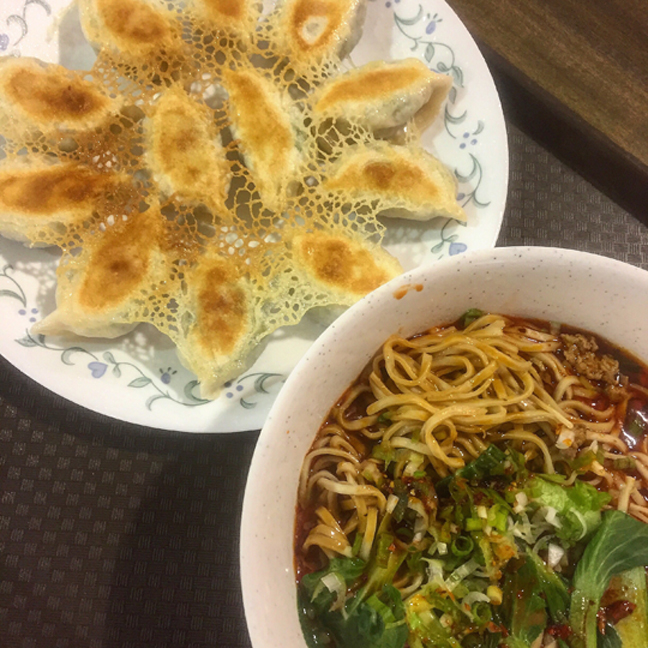

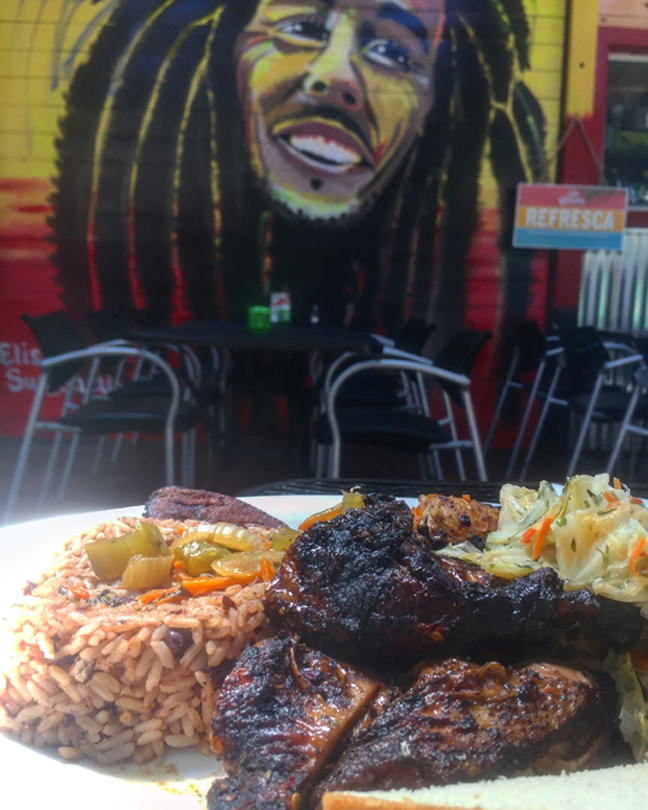
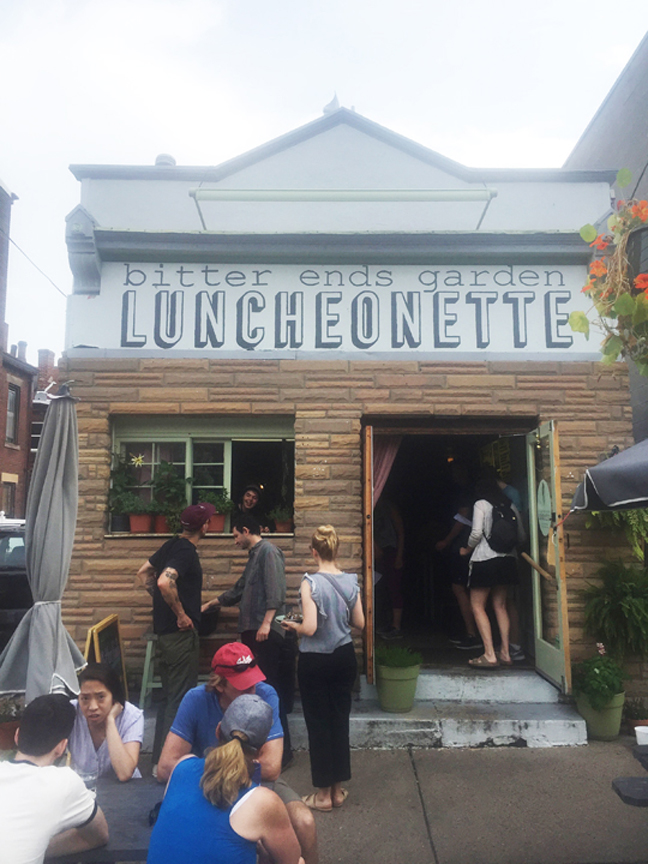








Cooking Cicadas!
I had a not great experience eating an annual cicada years back. My friends and I were doing a shrimp boil on a balmy late summer eve, when a big green dog day harvest fly landed on a nearby table. “Shrimp of the woods” I declared (before I knew about the scrumptious mushroom of the same name.) It seemed like a no-brainer to toss the cicada into the boil. Chomping through its tough exoskeleton and the attending shrapnel of its legs and wings, I was treated to a burst of bitter bile-like ooze. No amount of Zatarain’s could mask that acrid flavor.
I’m a pretty dedicated bug eater, I love me some chapulines, have prepared my own, even. I’ve eaten crickets, ants, bamboo caterpillars at Sticky Rice, jarred Korean silkworm pupae (gross.) So faced with this spring’s magicicada emergence, I knew I’d have to buck up and give them another go.
Over on LTHForum, which was the media hub around the eating of cicadas the last time around in 2007, I read about harvesting tenerals, the freshly molted nymph stage, before the chitin of the adult cicada hardens. Soft shelled cicadas, if you will.
After two weeks on the hunt, I was kinda ready to throw in the towel – I had only spotted a few of the ghostly white emergents in my neighbor’s yard early in the morning. And while cicadas in all forms are not the most appetizing-looking critters, there was something about the under-developed wings and grub-like ivory look of the soft shells that made me a bit queasy.
Then on a Friday night, I was enjoying a beer in the yard at dusk and spotted a major emergence of larvae crawling up every vertical surface in sight within a several yard radius around an old oak. By nightfall they were molting and I was able to collect a few dozen tenerals. Maybe it was the double IPA, but I quickly got over my trepidation and plucked them from their shells. Though docile while molting, the suckers got pretty squirmy in a deli container. They even made a faint squeaking sound. My wife and mother-in-law were none the wiser glued to Bridgerton in the other room.
First step was a quick blanch, following most recipes I had consulted. This worked well for me, since I intended to serve them two days later at Heron’s 4th birthday party and I imagined freshly molted cicada might have a short shelf life. To my surprise, the par-boiled cicadas had a pleasant, savory aroma.
On cook day, I had tinkering to do. I knew that I wanted to prepare and serve them as straightforwardly as possible. My first instinct was to deep fry them as is, a la chapulines, and season simply. I tried one this way and it sputtered quite a bit in the oil, its wings animated in deep-fried zombie flight. I gave it a few minutes, browning around the edges. It was too moist and the skin too delicate to properly crisp. The flavor was mild and downright edible though!
So I lightly tossed them in a bit of flour seasoned with s&p and fried in batches for about 3-4 minutes each until the breading had a tint of gold.
I hadn’t warned my guests that I was serving them, so a shocking addition to the birthday snack spread they made. 2/3 of the grown ups sampled them (my side of the family haha) and everyone was pleasantly surprised how mellow they were. My mom compared them to calamari, which the lightly breaded prep certainly suggested. A comparison to soft shelled crab is apt, but mainly in the texture of the taught chewiness of the skin. Compared to soft shelled crab, the textures were more uniform and the flavor was much more low key, with mild umami and a grassy finish I would liken to olive oil (they were fried in fresh canola, so I believe the flavor was from the bugs themselves.)
Probably the most joyful aspect of the entomophagy was how Heron snarfed them down with relish! And this is a kid who mostly only eats bread, rice, and fruit. Avery was a bit more cautious, nervously nibbling one with a grimace.
It seems like the emergence from the ground is giving way to high decibel fornicating in the trees. But given the opportunity I might just fry up another batch of soft-shelled cicadas. Or wait until 2041…